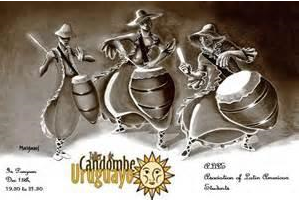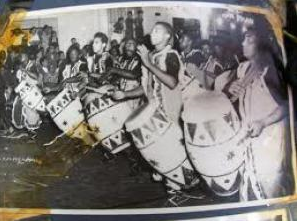Afro Uruguay: Candombe
| The history of Uruguay and Afro Uruguayans is rooted in Candombe music and dance. This unique culture has survived, excelled and brought national unity, cultural pride and movement toward unprecedented national equality. During the late 1700s and early 1800s some 20,000 Africans disembarked in Uruguay's capital, Montevideo--a required port of call. By 1800, Afro Uruguayans constituted 25% of the national population. Soon, salas de nacion (mutual aid societies) organized on the basis of members African origins.
|
In the 1980s and 1990s, continuing the historical traditions of the salsas de nacion, for several decades organizations such as Triangulacion Kultural, Mundo Afro (Afro World), the Asociacion Cultural y Social Uruguay Negro, and the Centro Cultural por la Paz y la Integracion, Africania called for the nation to acknowledge their African origins and history in Uruguay, as well as to effect the full integration of black and indigenous minorities into all aspects of Uruguay. Following substantive research and reports, in preparation for the 2001 U.N. Conference against Racism, Racial Discrimination, and Xenophobia in South Africa, Uruguay's government committed to ending the racial discrimination and inequality, instituting programs for Afro Uruguayan rights with attention to Afro Uruguayan Women and Youth. | 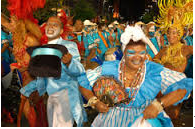 |
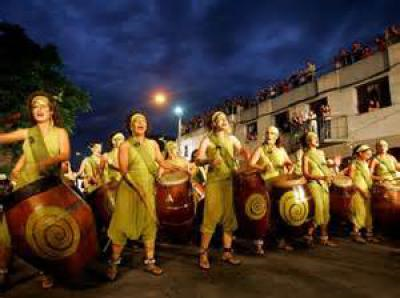 | In the 1980s and 1990s, continuing the historical traditions of the salsas de nacion, for several decades organizations such as Triangulacion Kultural, Mundo Afro (Afro World), the Asociacion Cultural y Social Uruguay Negro, and the Centro Cultural por la Paz y la Integracion, Africania called for the nation to acknowledge their African origins and history in Uruguay, as well as to effect the full integration of black and indigenous minorities into all aspects of Uruguay. Following substantive research and reports, in preparation for the 2001 U.N. Conference against Racism, Racial Discrimination, and Xenophobia in South Africa, Uruguay's government committed to ending the racial discrimination and inequality, instituting programs for Afro Uruguayan rights with attention to Afro Uruguayan Women and Youth. |
The history of Afro Uruguayans is also the history of evolving Uruguayan popular culture whose origins are the candombes, (dances) of the salas de nacion when children of African descent acquired skills in African music and drums and merged them with instruments, chords, and rhythms from Europe and the Caribbean, creating the new musical form called both tango and candombe. The musical groups, comparsas, which play this music, quickly grew popular among whites as well as blacks. Though once segregated, today, the groups are racially integrated, are often majority white, have led to ongoing discussion about ethnic imagery and the impact on politics. This has also brought about a National Equality Day, December 3, to continue the work of true racial equality.
George Reid Andrews, Blackness in the White Nation: A History of Afro-Uruguay (University of North Carolina Press, 2010) and George Reid Andrews, Afro-Latin America, 1800-2000 (Oxford University Press, 2004). | 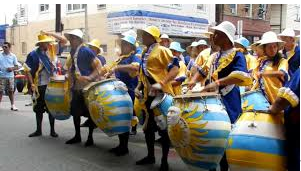 |
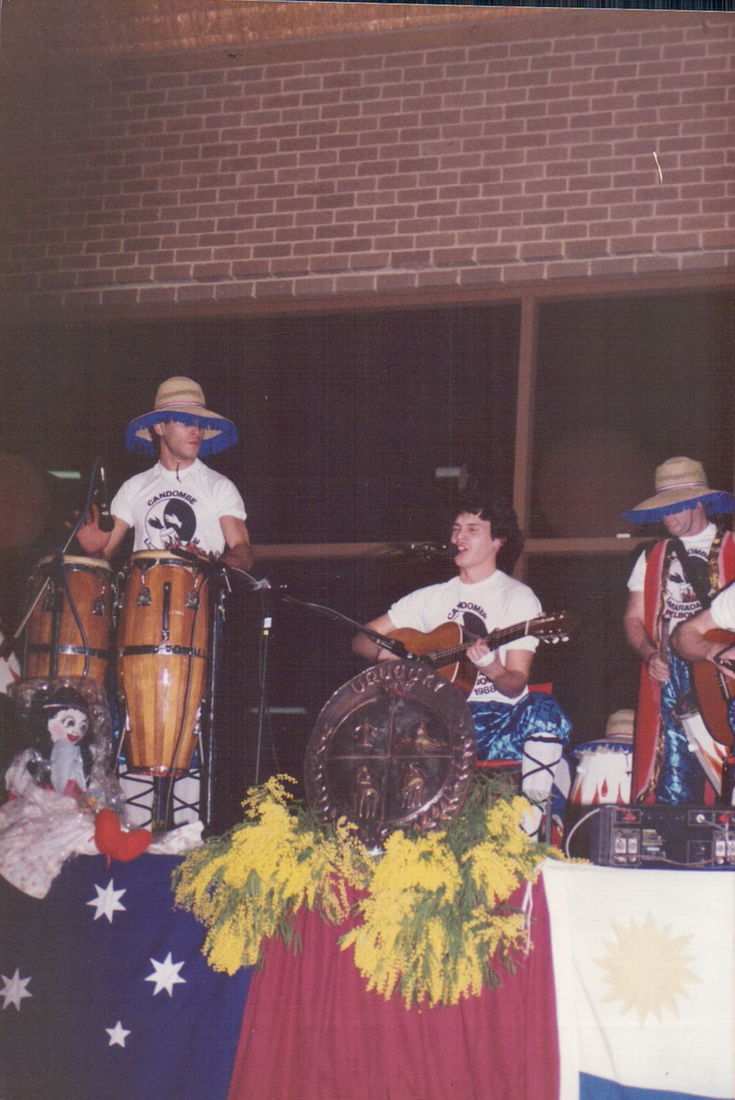 | What is Candombe?Candombe is an African derived rhythm that has been an important part of Uruguayan culture for over two hundred years.The history and impact of Candombe are inseparable from the evolving history of Uruguay and demonstrate the lasting and positive impact that a culture can have on a nation.
|

